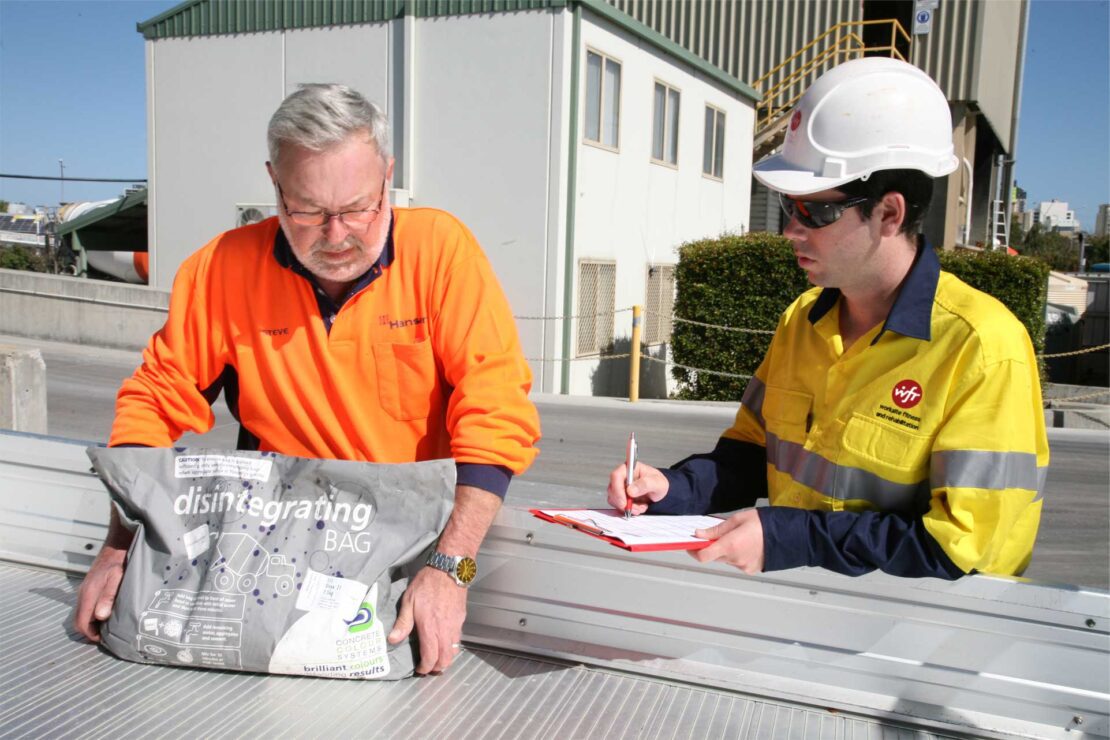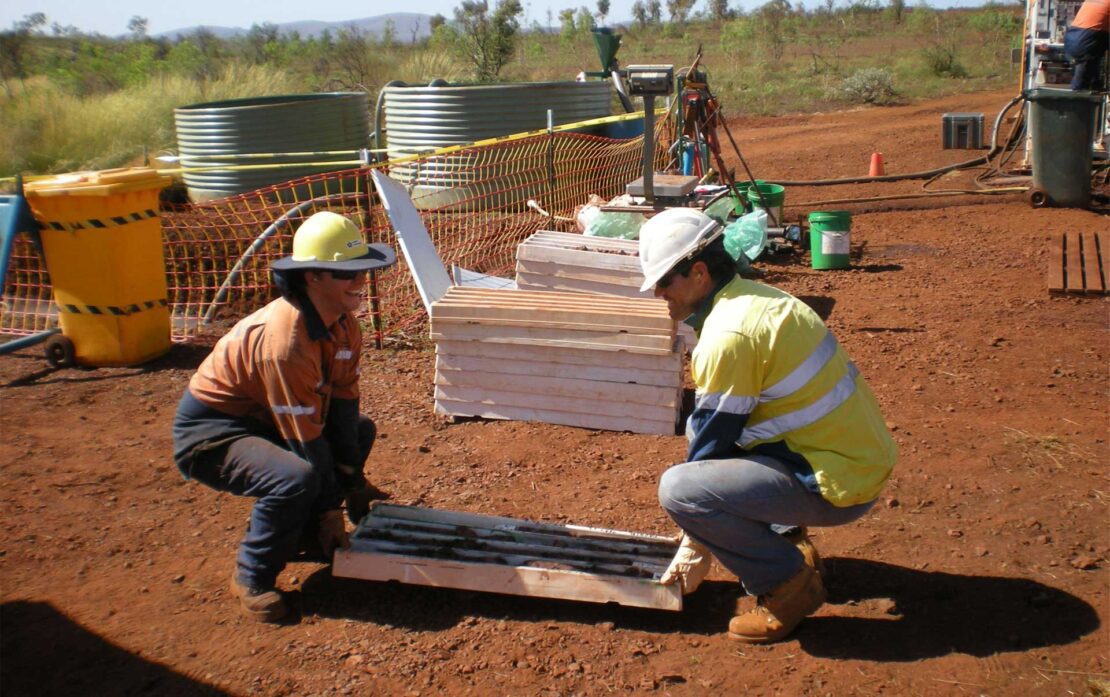Musculoskeletal Injuries: Hazardous to Your Business
Work-related Musculoskeletal Disorders (MSDs) not only affect employee wellbeing but also pose significant risks to the financial health of businesses. MSDs, which can include disorders affecting muscles, tendons, and ligaments, lead to lost productivity, increased compensation claims, and higher healthcare costs.
Businesses that are proactive with early intervention, such as WFR’s ‘Preventing Worker Injury‘ Programs, can minimise risks, protect the bottom line, and ensure a healthier, more productive workforce.

The Business Impact of Musculoskeletal Injuries
Productivity Loss
Employees with MSDs often require extended time off, leaving teams short-staffed and deadlines unmet.
- In Australia, MSDs account for 55% of all serious workers’ compensation claims, leading to significant lost time and reduced productivity.
- 24 weeks was the average time off work as a result of an MSD injury.
- Body Stressing and Falls/trips/slips account for 24% of the mechanism of injury.
(Safe Work Australia)
Increased Costs
Businesses bear the financial burden of workers’ compensation claims, medical expenses, and temporary staffing.
- MSDs are estimated to cost businesses over $55 billion annually (Deloitte Access Economics report).
- The financial impact is through direct healthcare costs, lost workdays due to injury, reduced productivity, insurance premiums, and the impact on employee wellbeing.
- $64,759 is the average cost of one serious WMSD claim in NSW.
Employee Turnover and Morale
Persistent employee injuries can lead to low morale, high turnover, and increased hiring and training costs. In addition, workplaces with frequent injuries may develop a reputation for low safety standards and struggle to attract top talent.
Non work-related disorders
In addition to work-related MSDs, 29% of Australians live with chronic musculoskeletal disorders (including back pain, osteoarthritis, and gout) that can also have an impact in the workplace.

The ROI of Preventing Musculoskeletal Injuries and Early Intervention
Investing in Injury Prevention and Early Intervention yields significant returns. Improved employee health, reduced absenteeism, boosted productivity, and a positive workplace culture, to name just a few.
“For every dollar spent on workplace safety programs,
businesses save an average of $4–$6 in reduced costs.”
Musculoskeletal injuries are more than just a health concern – they’re a critical business issue. Businesses must prioritise Prevention and Early Intervention of injuries. Your organisation can minimise risks, protect its bottom line, and ensure a healthier, more productive workforce.
Would you like support implementing workplace wellness solutions? Contact us today to learn more.


